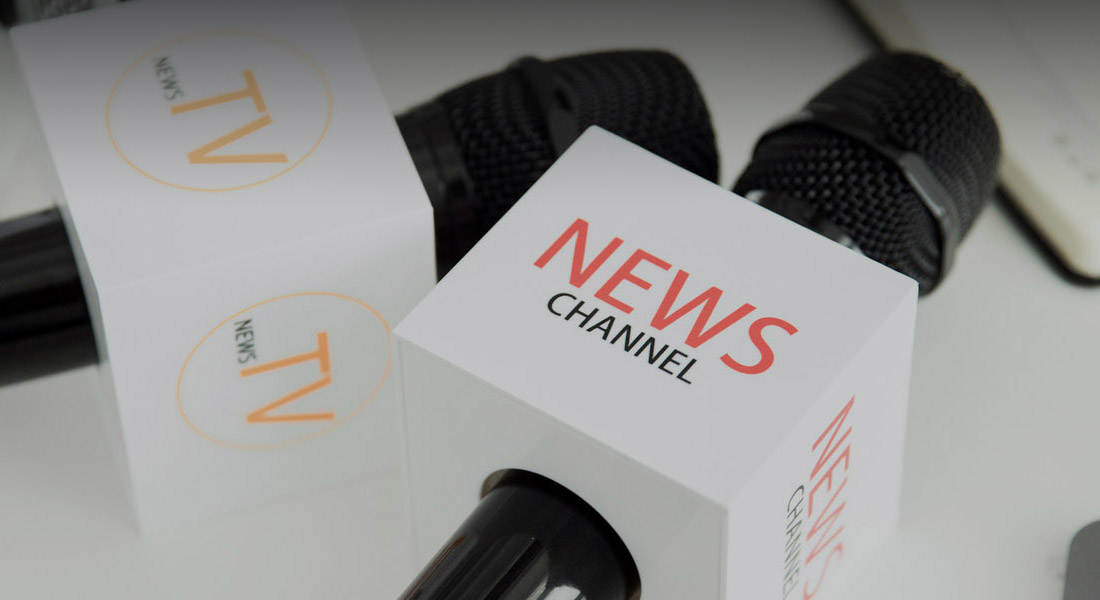The worm gear system is the heart of a slewing gearbox, dictating its torque capacity, efficiency, and safety features. Efficiency in worm gears is primarily influenced by the lead angle and the coefficient of friction between the worm and wheel. For example, a single-start worm with a lead angle of 4° may achieve 40–50% efficiency but offers reliable self-locking. In contrast, multi-start designs with lead angles of 10°–15° can reach efficiencies up to 90% but require external brakes for load-holding.
Critical factors in worm gear performance include:
-
Material Pairing: Hardened steel worms (HRC 58–62) paired with centrifugal-cast bronze wheels minimize wear and reduce friction-induced heat generation.
-
Lubrication Systems: Synthetic polyurea-based greases with extreme-pressure (EP) additives maintain film strength under high contact pressures.
-
Thermal Management: Optimized housing designs incorporate cooling fins or heat-dissipating coatings to prevent overheating during continuous operation.
The self-locking capability arises when the lead angle (λ) satisfies λ < arctan(μ), where μ is the friction coefficient. This principle ensures that loads cannot reverse-drive the system, a critical feature in applications like inclined conveyor belts or vertical lift mechanisms.

